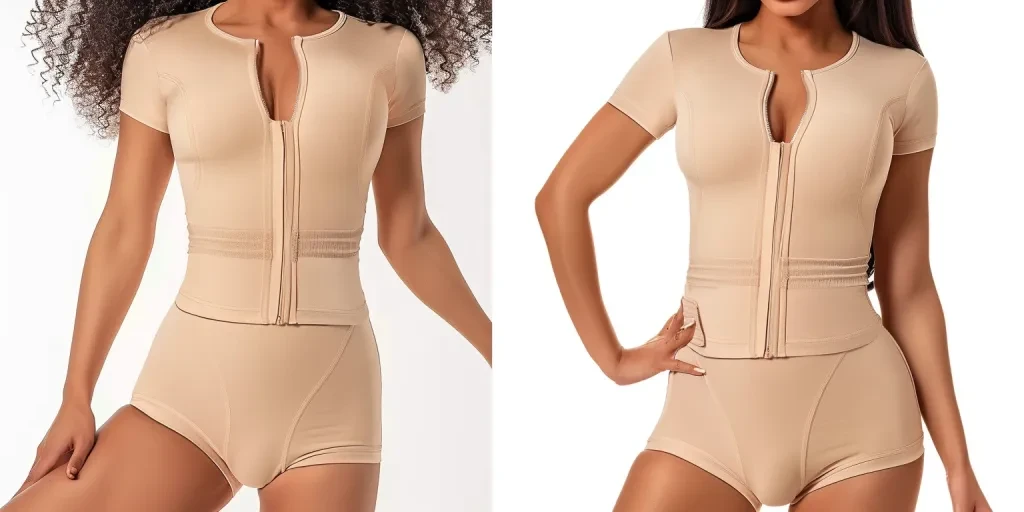Body shapers have come a long way from the restrictive corsets of the past to the comfortable and versatile shapewear of today. This evolution reflects not only advancements in fabric technology but also changing consumer preferences and societal attitudes towards body image. As the demand for body shapers continues to grow, driven by a global focus on fitness and aesthetics, the market is poised for significant expansion.
Table of Contents:
Market Overview
The Evolution of Body Shapers: From Corsets to Modern Shapewear
Consumer Preferences: What Buyers Are Looking For
Key Players and Brands Shaping the Market
Future Trends in the Body Shaper Industry
Market Overview
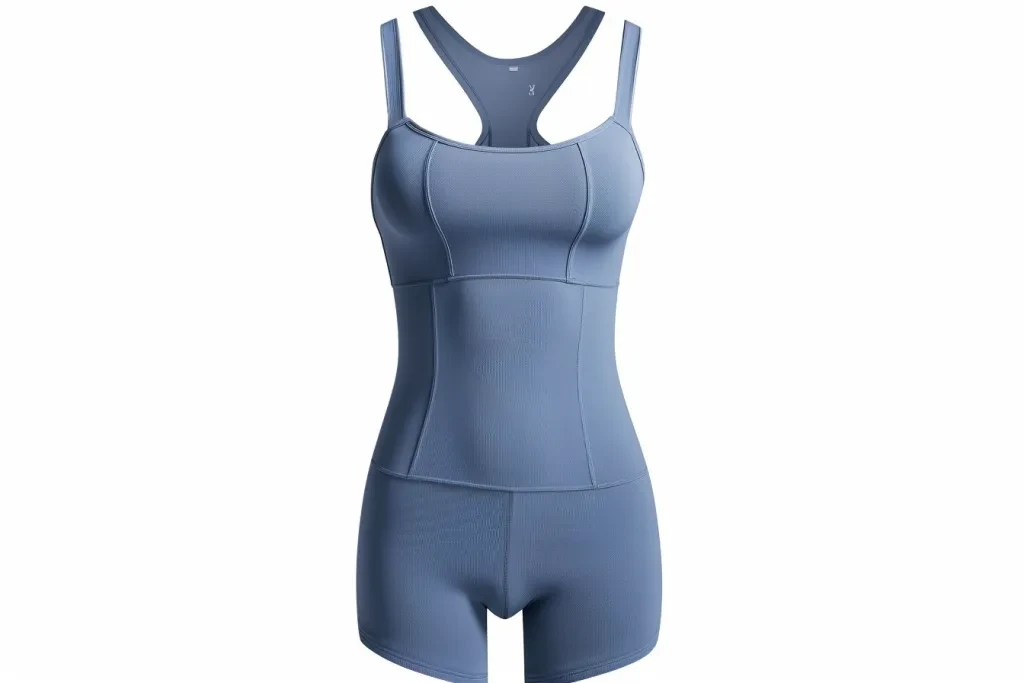
The global shapewear market is experiencing robust growth, driven by increasing consumer awareness about body image and the importance of looking fit and toned. According to Research and Markets, the shapewear products market grew from USD 5.75 billion in 2023 to USD 6.18 billion in 2024 and is expected to continue growing at a CAGR of 7.95%, reaching USD 9.83 billion by 2030. This growth is fueled by advancements in fabric technology, rising disposable incomes, and a growing emphasis on fitness and physical appearance.
Regional Insights
In the United States, the demand for shapewear is significantly influenced by celebrity endorsements and social media trends. The market is characterized by a high rate of innovation and a diverse product range catering to different body types and consumer preferences. Canadian consumers, on the other hand, show a preference for premium, eco-friendly, and sustainably produced shapewear.
In Europe, the shapewear market is well-established, with a high demand for luxury brands. European consumers are highly fashion-conscious and seek shapewear that offers both functionality and aligns with the latest trends. Sustainability is also a growing concern, with a strong preference for high-quality materials.
The Asia-Pacific region, particularly China, Japan, and India, is witnessing significant growth in the shapewear market. This growth is supported by an expanding middle class and increasing health and body shape consciousness. Japan’s market is particularly developed, focusing on quality and fabric technology.
Key Players
Leading brands such as Spanx, Skims, and Hanesbrands Inc. dominate the shapewear market with their innovative products and strong brand presence. Spanx, for instance, has revolutionized the industry with its comfortable and effective shapewear solutions. Skims, founded by Kim Kardashian, has gained immense popularity for its inclusive sizing and diverse product range.
Emerging brands like Honeylove Sculptwear and Knix are also making significant strides in the market. Honeylove Sculptwear focuses on providing high-compression shapewear that is both comfortable and effective, while Knix has introduced a leakproof shapewear collection catering to a diverse clientele.
Future Trends
The future of the body shaper industry looks promising with the integration of smart textiles and wearable technology. Innovations such as shapewear with built-in sensors to monitor body metrics are on the horizon. Additionally, there is a growing trend towards sustainable and eco-friendly materials, with consumers becoming more conscious of the environmental impact of their purchases.
Social media and influencers continue to play a crucial role in shaping consumer preferences and driving market trends. Brands are leveraging these platforms to reach a wider audience and promote their products effectively.
The Evolution of Body Shapers: From Corsets to Modern Shapewear
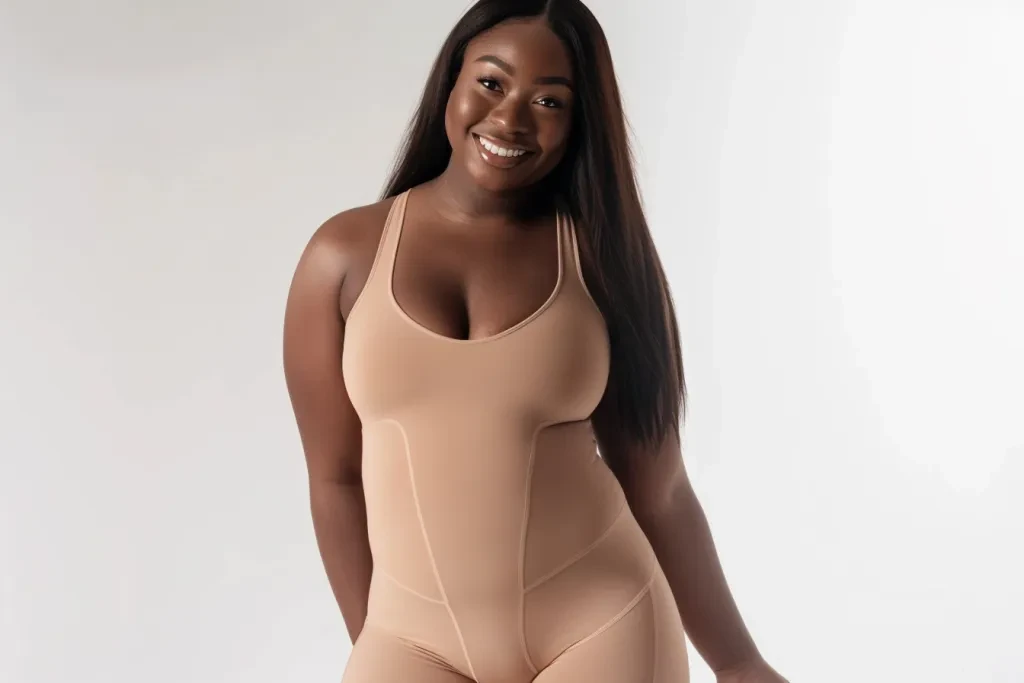
Historical Background and Transformation
Body shapers have a long and storied history, evolving significantly from their early incarnations. The journey began with the corset, a garment that dates back to the 16th century. Corsets were designed to cinch the waist and create an exaggerated hourglass figure, often at the expense of comfort and health. These early body shapers were made from rigid materials like whale bone and steel, which restricted movement and could cause long-term physical damage.
As fashion trends evolved, so did the design and materials used in body shapers. The 20th century saw the introduction of girdles and bras, which offered more flexibility and comfort compared to corsets. These garments were made from elastic materials and were designed to smooth and shape the body rather than constrict it.
Technological Advancements in Fabric and Design
The modern era of body shapers has been revolutionized by advancements in fabric technology and design. Today’s shapewear is made from high-tech materials that offer both support and comfort. According to a report by EDITED, brands like Yitty use antimicrobial SilverSeam and moisture-wicking technology in 72% of their shapewear. These innovations not only enhance the functionality of the garments but also improve the overall wearing experience.
Seamless designs have become a hallmark of modern shapewear, providing a smooth silhouette without the discomfort of seams digging into the skin. Brands like SKIMS and Spanx have popularized four-way stretch materials that adapt to the body’s movements, offering a perfect blend of support and flexibility. These advancements have made shapewear more versatile, allowing it to be worn comfortably throughout the day.
The Role of Celebrity Endorsements
Celebrity endorsements have played a significant role in shaping consumer perceptions and driving the popularity of modern shapewear. High-profile figures like Kim Kardashian, who launched the SKIMS brand, have brought shapewear into the mainstream fashion conversation. According to EDITED, SKIMS has expanded its product line to include menswear, petite sizes, and maternity options, broadening its appeal to a diverse audience.
Celebrities not only endorse these products but also actively participate in their design and marketing. This involvement adds a layer of authenticity and trust, encouraging consumers to invest in shapewear. The influence of celebrities extends to social media, where they showcase the versatility and effectiveness of these garments, further boosting their popularity.
Consumer Preferences: What Buyers Are Looking For
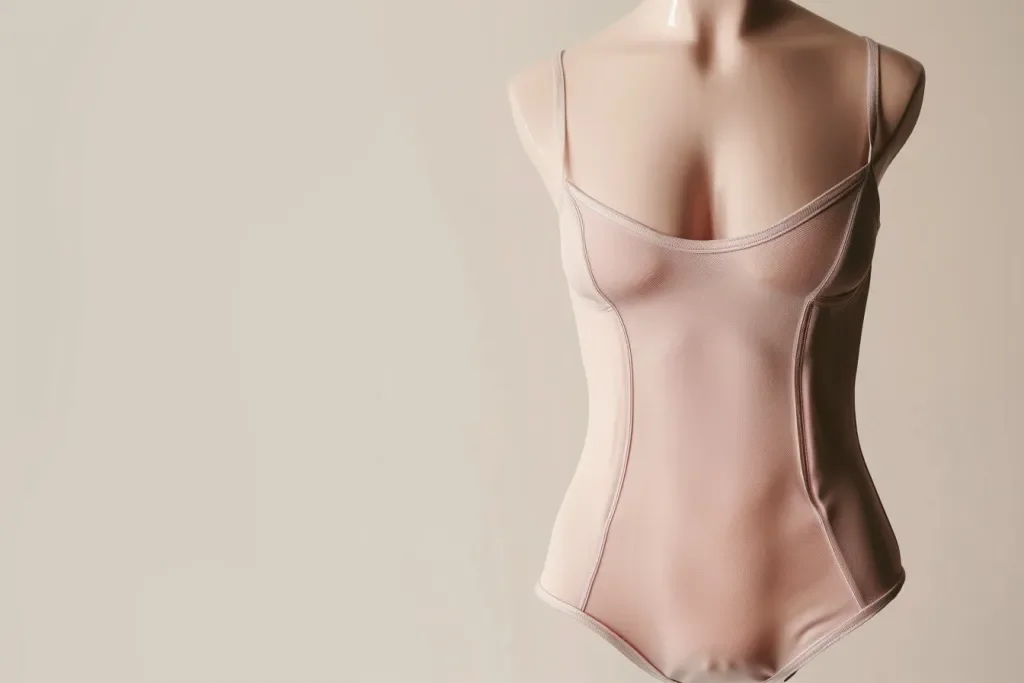
Comfort and Functionality
In today’s market, comfort and functionality are paramount for consumers. Shapewear is no longer seen as a restrictive garment but as an empowering tool that enhances the natural body shape. According to EDITED, light support garments have outsold firm compression styles twelvefold, indicating a preference for low-compression styles that can be worn every day. Brands are focusing on creating shapewear that offers core support without compromising on comfort.
Size Inclusivity and Customization
Size inclusivity has become a critical factor in the shapewear industry. Consumers are looking for brands that offer a wide range of sizes to accommodate different body types. SKIMS, for example, offers sizes up to 5X, ensuring that their products are accessible to a broader audience. Customization is also gaining traction, with brands offering options for different body shapes and specific needs, such as post-partum support.
Aesthetic Appeal and Versatility
Aesthetic appeal and versatility are also high on the list of consumer preferences. Modern shapewear is designed to be visually appealing, with options available in various colors and styles. According to EDITED, bodysuits in stock increased by 47% year-over-year, reflecting the trend of shapewear being incorporated into daywear. Brands are also experimenting with fashion colors like Barbie pink and bold red, making shapewear a fashionable choice rather than just a functional one.
Future Trends in the Body Shaper Industry
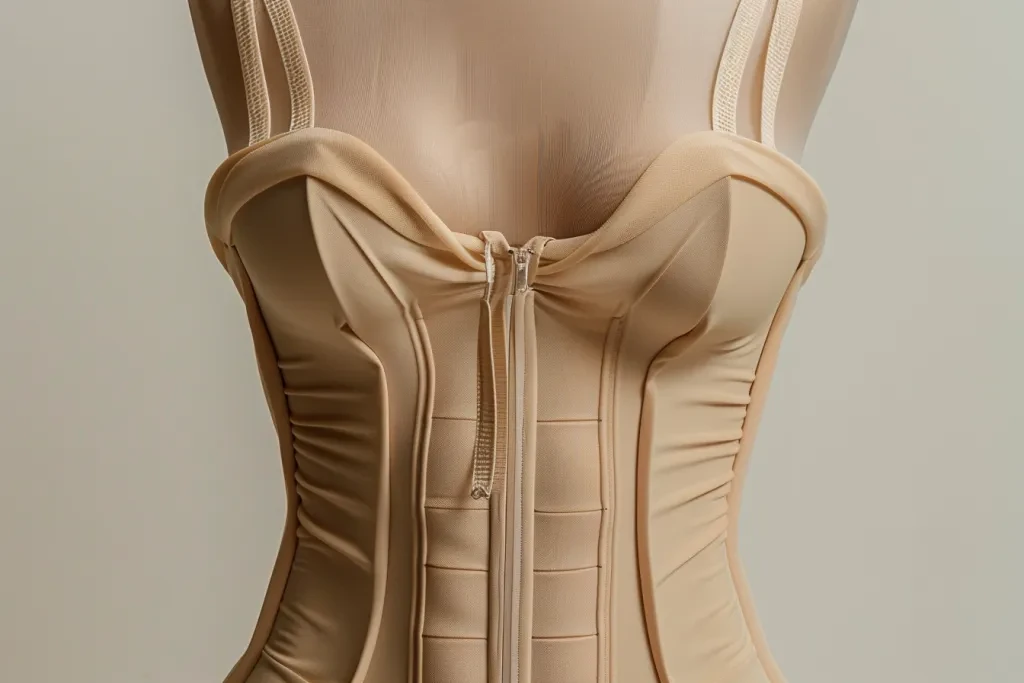
Integration of Smart Textiles and Wearable Technology
The future of the body shaper industry lies in the integration of smart textiles and wearable technology. Innovations such as fabrics that can monitor body temperature, heart rate, and other health metrics are on the horizon. These advancements will not only enhance the functionality of shapewear but also provide added value to consumers.
Sustainable and Eco-Friendly Materials
Sustainability is becoming a significant focus in the shapewear industry. Brands are increasingly using eco-friendly materials like recycled fabrics and plant-based fibers. This shift towards sustainability is driven by consumer demand for environmentally responsible products. According to EDITED, Spanx and Yitty are leading the way in using recycled fabrics, setting an example for other brands to follow.
The Influence of Social Media and Influencers
Social media and influencers will continue to play a crucial role in shaping consumer preferences and driving trends in the shapewear industry. Platforms like Instagram and TikTok provide a space for brands to showcase their products and engage with consumers. Influencers, with their large followings and authentic content, can effectively promote shapewear, highlighting its benefits and versatility.
Conclusion
The body shaper industry has come a long way from the restrictive corsets of the past. Today’s shapewear is designed to be comfortable, functional, and inclusive, catering to a diverse range of consumer needs. Leading brands are continuously innovating, incorporating advanced fabric technologies and sustainable practices. As the industry evolves, the integration of smart textiles and the influence of social media will shape its future. The focus on comfort, inclusivity, and sustainability will ensure that shapewear remains a staple in modern wardrobes, empowering individuals to feel confident and comfortable in their own skin.
